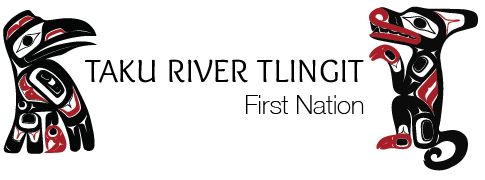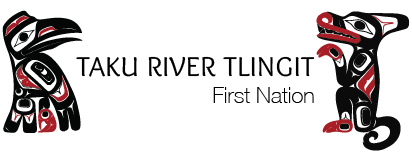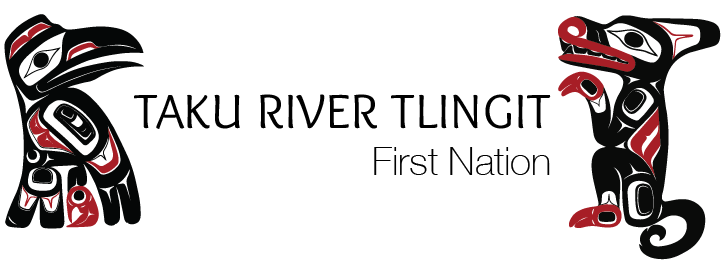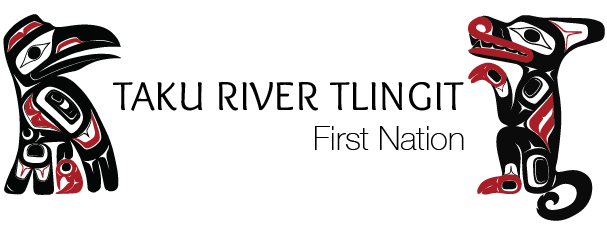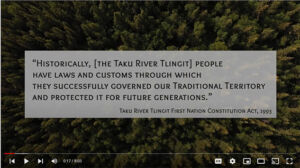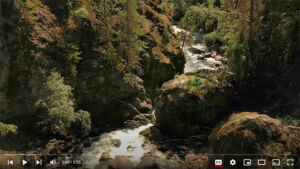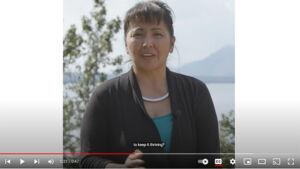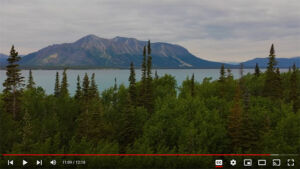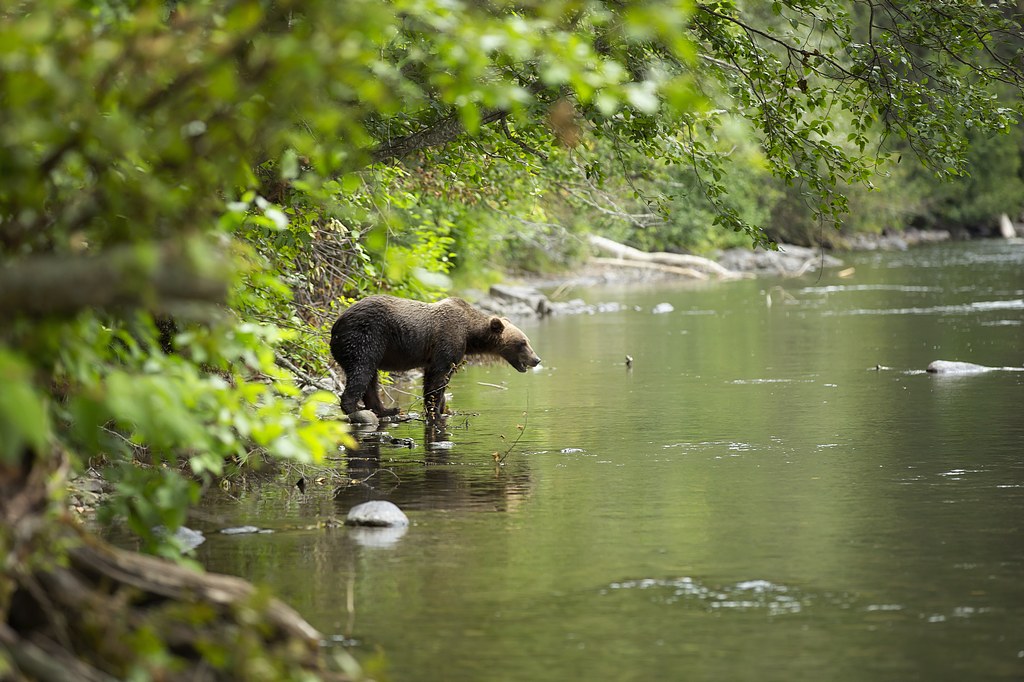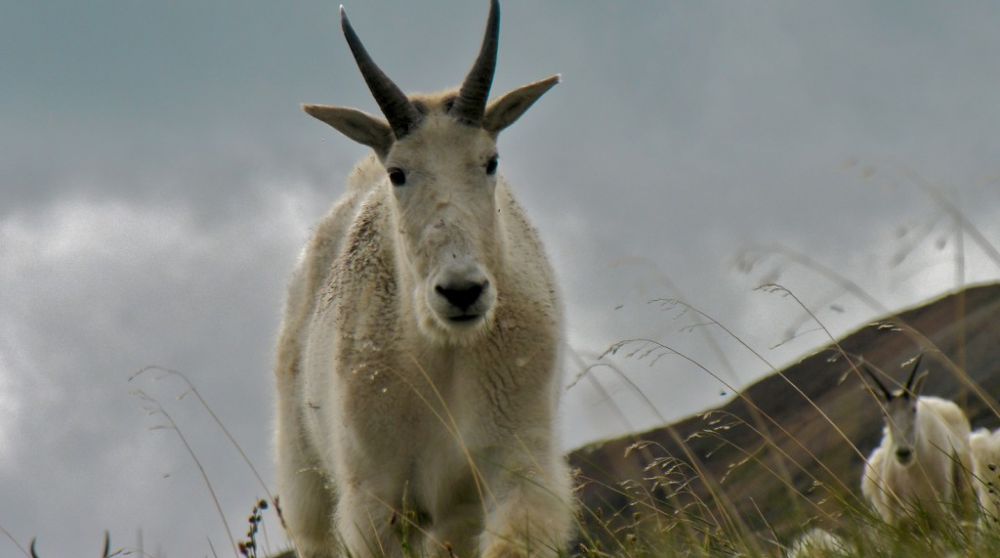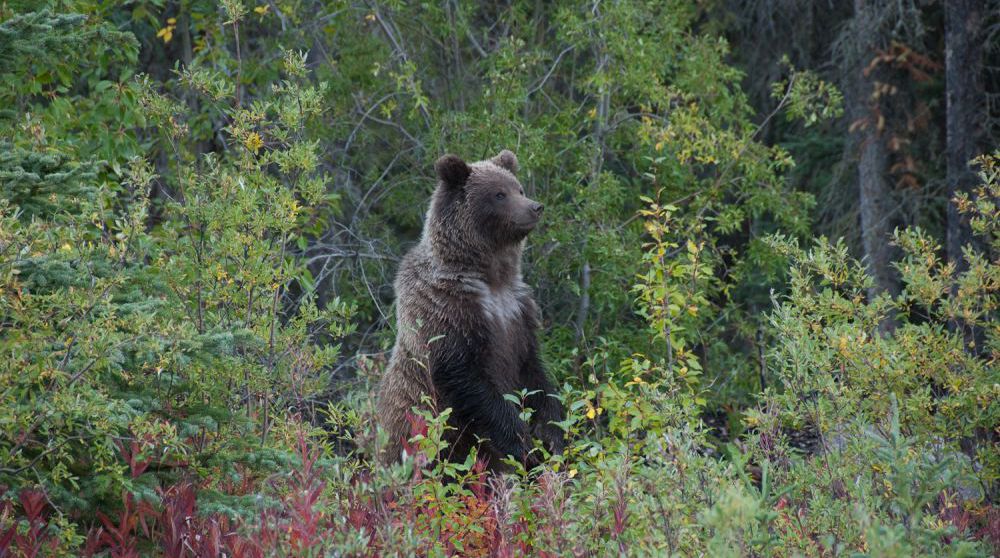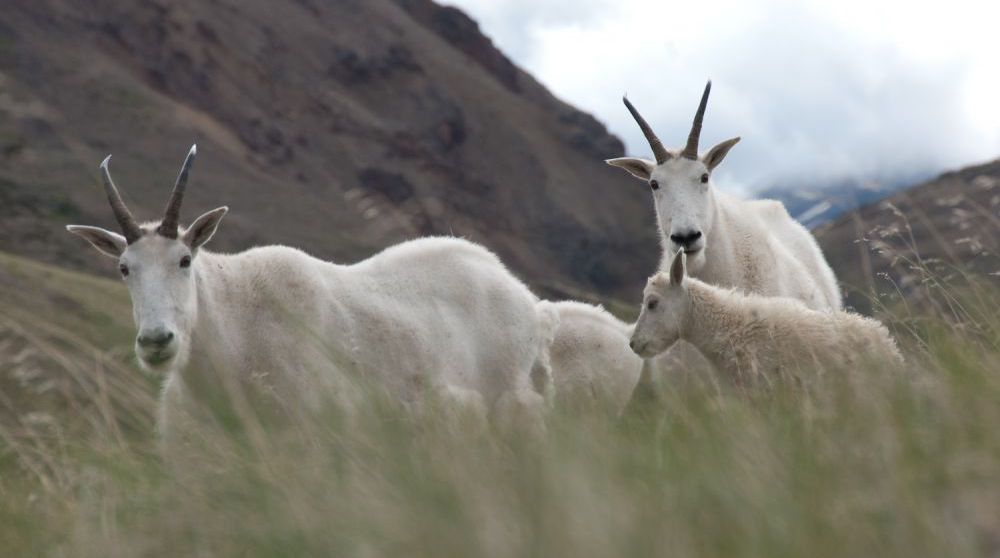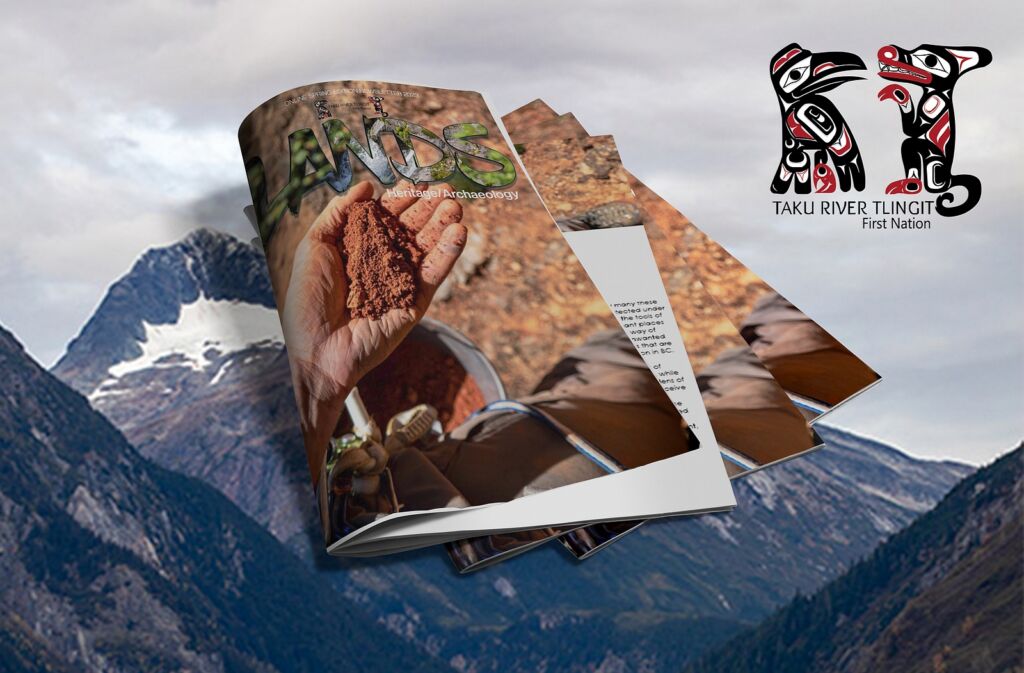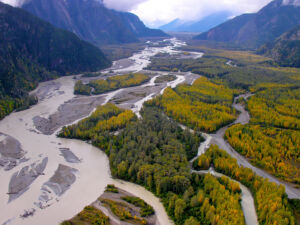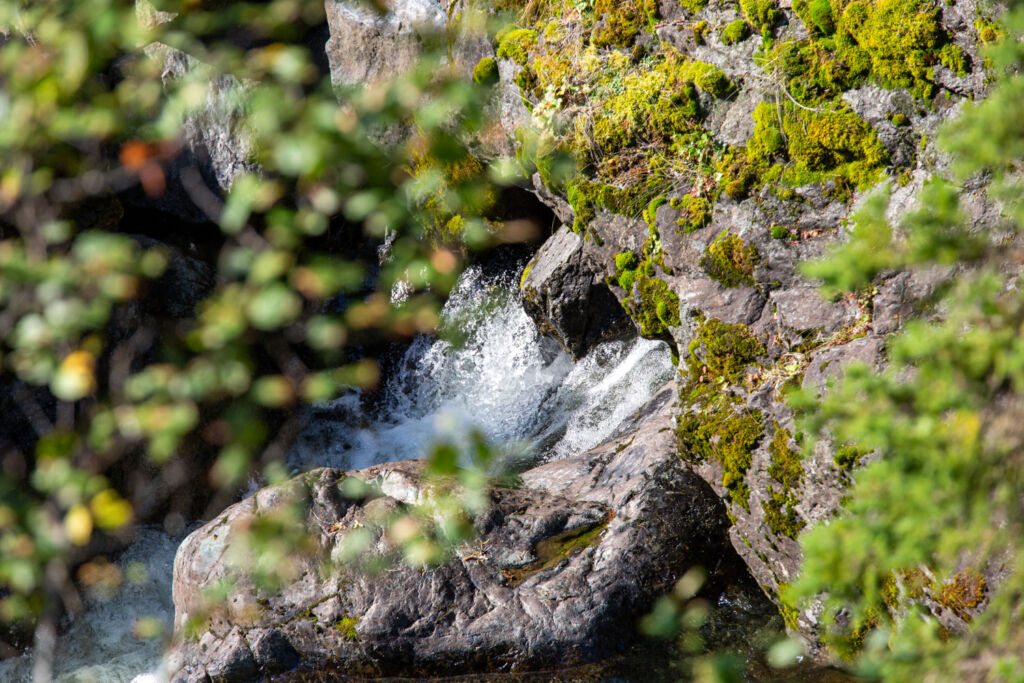Tlatsini Initiative Overview
In 2009, the Lands Department undertook an ambitious project to develop a territory-wide land protection plan that reflects our Tlingit kusteeyï (way of life) and supports the needs of the fish and wildlife we share our lands with. This culminated in the Tlatsini Vision for Land Protection which outlines areas of high ecological and cultural value.
TRT Fisheries Department
The core funding for TRT Fisheries Department comes from the Aboriginal Fisheries Strategy (AFS). This is Federal funding to support TRT involvement in salmon management on the Taku River. For 2019 we have been successful in expanding the scope of projects funded under the AFS program to include TRT involvement in: Tatsatua Sampling, the Coho test fishery and the Taku smolt project.
The Fisheries Department has also been successful at obtaining funding for several proposal-driven projects. These funds come from the Northern Endowment Fund, through the Pacific Salmon Commission.
The TRT Fisheries Department also receives some funding from the Taku Atlin Conservancy (TAC).
Documents
- Fisheries Newsletter Spring/Summer 2021
- Fisheries Newsletter Spring/Summer 2022
- Fisheries Newsletter Spring/Summer 2023
- Fisheries Newsletter Spring/Summer 2024
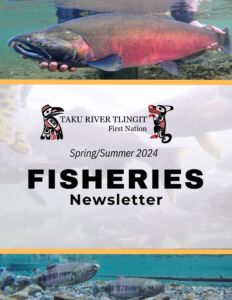
Co-existence with bears at the Weir
Hunting/Wildlife management
The Taku River Tlingit have been stewards of the land for time immemorial and continue to be so today. The TRTFN Wildlife Division works within the Lands and Resources division and focuses on the responsible and respectful stewardship of wildlife and ecosystems in TRTFN traditional Territory. TRTFN wishes that hunters in TRTFN traditional Territory are aware and respectful of TRTFN presence and practices.
The Wildlife Division largely operates through the Fish and Wildlife Management Working Group under the Government to Government Agreement with BC. Other areas of collaboration include initiatives with partners in the Southern Lakes area. The core funding is through the Collaborative Stewardship Framework between BC and the 3-Nations. Work done through this initiative includes wildlife inventories and harvest monitoring.
TRTFN works with many different partners to move forward on wildlife issues. Leadership from the Kaska, Tahltan and Tlingit Nations are addressing pressing issues about hunting and wildlife management across the collective territories of the 3-Nations. The focus is to find ways to build new partnerships to monitor and manage activity in our territories. This co-management approach has the potential to increase the effort being made on the ground while also making sure that our Nations are more involved in the process.
If you have any concerns about wildlife or the land, please contact the TRTFN Lands department or the Land Guardians.
Land Guardian Program
For the Taku River Tlingit, giving life to love of land means not just putting lines on a map — that’s just the beginning of the work. Protecting and loving the land means having their people as boots on the ground, looking after it and making sure it remains healthy for future generations. This is the story of the Taku River Tlingit’s visionary plan to protect their lands, and why that matters for all of us. Boreal Conservation
Mining policy
The Taku River Tlingit First Nation (TRTFN) Mining Division works on several different mining-related projects to advance TRTFN’s interests. The projects include, but are not limited to, water monitoring, restoration, and working with the province to uphold higher environmental standards. The Mining Division processes all mining-related applications, both placer mining and mineral exploration, in accordance with the Wóoshtin yan too.aat Land and Resource Management and Shared Decision-Making Agreement (‘G2G Agreement’), Wooshtin Wudidaa Atlin-Taku Land Use Plan, and the TRTFN Mining Policy.
TRTFN expects proponents to follow the processes described in the G2G Agreement and the Mining Policy and to understand the content in the Atlin-Taku Land Use Plan that is relevant to their mining activities. It is very important to engage early and often with TRTFN, providing ample information so that informed decisions can be made. Please read the attached Letter to Mining Companies.
Taku River Tlingit First Nation (TRTFN) has developed this Mining Policy to provide greater certainty for parties interested in the extraction of mineral resources from TRTFN Traditional Territory in British Columbia (see Schedule A for map of the Territory).
TRTFN is publishing its policy because British Columbia’s legislated process for disposing of surface and subsurface rights in the Territory does not address TRTFN’s participation in decisions regarding mining-related activity.
The Mining Policy explains how TRTFN intends to deal with proposals for mining-related activity in our territory. The Policy is intended to achieve the following specific purposes:
- Explain the principles on which the TRTFN Government bases its own decisions respecting proposals for mining-related activities in the Territory
- Describe TRTFN Government procedures for dealing with proposals for mining-related activities in the Territory;
- To describe TRTFN’s standards and expectations for mining-related activities and proponents in the Territory
- To describe procedures that proponents may use to seek the consent and support of TRTFN Government for mining-related activities
TIPCA & Mining Newsletter
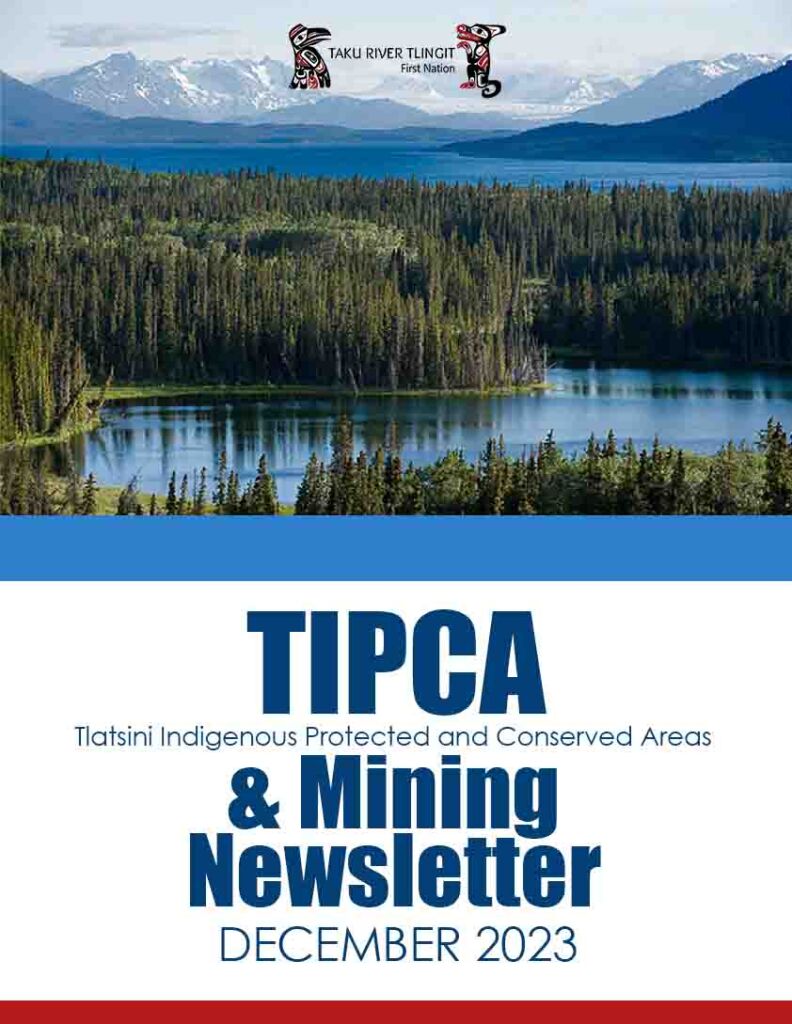
OTTER CREEK RESTORATION VIDEO
Tulsequah River Valley news
The Tulsequah Chief mine site situated just metres from the river. Photo: Colin Arisman / The Narwhal
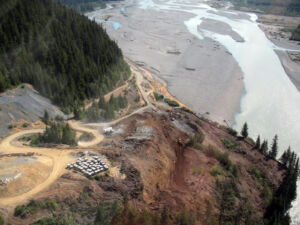
TRT Lands Engagement
The Lands Engagement Officer (LEO) position arose with the signing of the Wóoshtin yan too.aat Land and Resource Management and Shared Decision Making Agreement (‘G2G Agreement’) and the Wooshtin Wudidaa Atlin-Taku Land Use Plan by the TRTFN and BC governments in 2011. Both documents are tightly linked with each other and build the foundation for the working relationship between TRTFN and BC.
The Atlin-Taku Land Use Plan is a policy document that identifies key values on the land as well as goals, objectives, and implementation direction for each of these values. Altogether, it provides greater clarity for all parties involved about where certain land uses can take, under which conditions and to what extent.
The G2G Agreement confirms the commitment of TRTFN and BC to work together respectfully as two governments, as they each consider decisions about land uses in TRTFN traditional territory, and implement the Atlin-Taku Land Use Plan.
One major component of the G2G Agreement is a mutually agreed on Engagement Model, which provides the framework for discussions about land use applications between BC and the TRTFN, specifically TRTFN’s LEO. For any given land use application the LEO is in constant communication with various BC representatives, and ensures that the proposed land use is in line with TRTFN interests and values and complies with the Atlin-Taku Land Use Plan.
Atlin Hydro Expansion Project
One major project currently under review by the TRTFN Lands Department, specifically the Lands Engagement Officer (LEO), and the BC Provincial Government is the Atlin Hydro Expansion Project. The Atlin Hydro Expansion Project (AHEP) is proposed by the TRTFN-owned corporation THELP. It proposes an expansion of hydro energy generation on Pine Creek with the intention to sell 100% of the generated power to Yukon for winter energy.
If you’d like to learn more about the Atlin Hydro Expansion Project, who the proponent is, what the current status of the project review is, and what role TRTFN plays in all this, read more here.
Place names are anchors of Tlingit language on the land. They are important markers of Taku River Tlingit territory, as well as markers of where our ancestors use to travel. Place names are resilient because the names are remembered even as the Tlingit language is no longer our language of daily communication. Place names then, with all of the ecological knowledge and stories associated with them, are one of the best ways to begin to re-learn the Tlingit language.
Age-old Tlingit place names, as poetic as they are practical, carry valuable ecological and survival information. Place names represent locations where fish spawn, where moose come to drink, where edible fern roots could be found. Hundreds of names within this area form an indispensable survival map, a legacy passed down through generations of Tlingit. (Taku, a vision of wilderness, 1997)
Many Taku River Tlingit community members have also commented on why Tlingit place names are important to them.
Taku River Tlingit Place Names
- TRTFN Place Names Website



